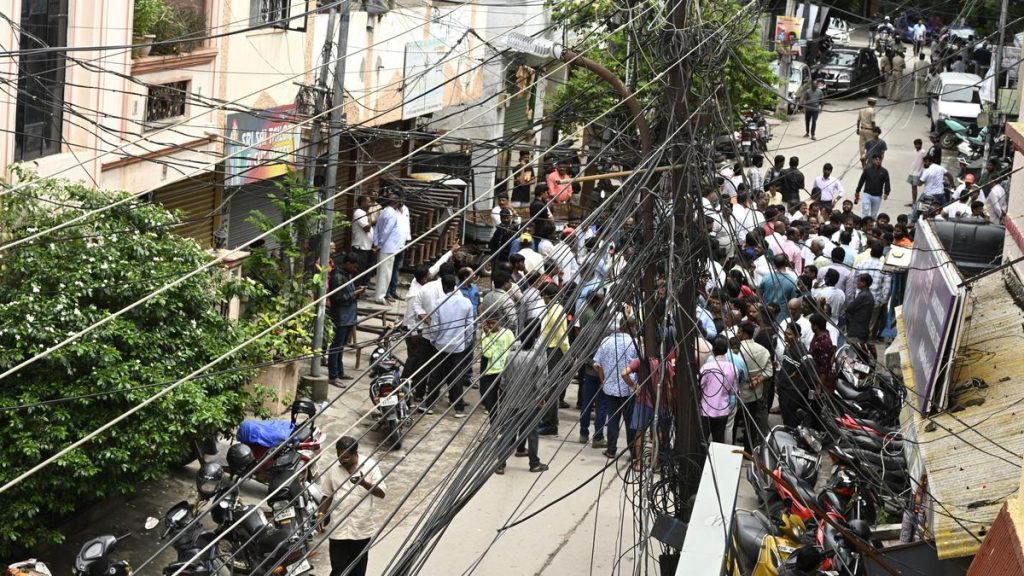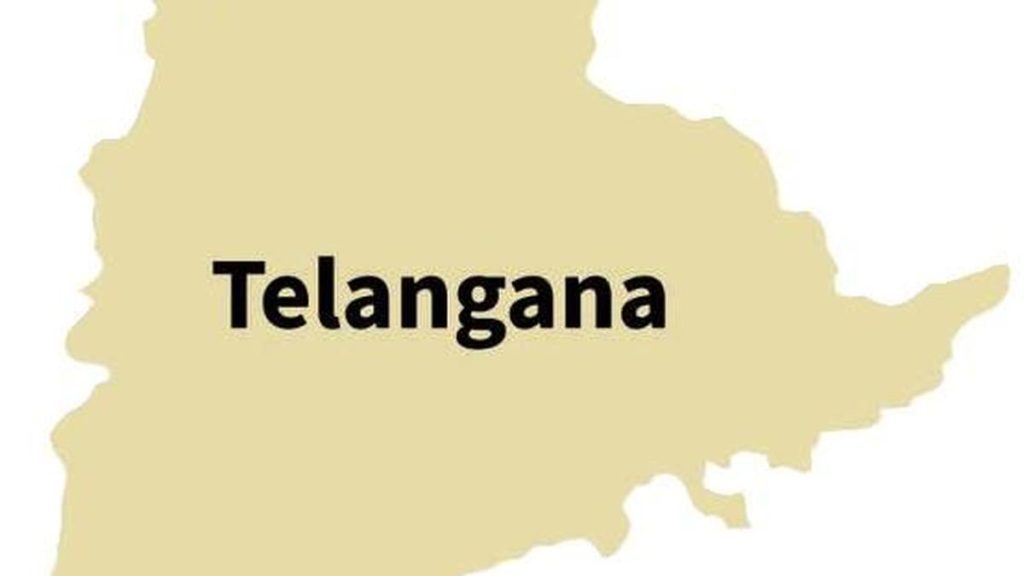Now Reading: Uttam Kumar Reddy Urges Officials to Address Flood Damage, Refill MI Tanks
-
01
Uttam Kumar Reddy Urges Officials to Address Flood Damage, Refill MI Tanks
Uttam Kumar Reddy Urges Officials to Address Flood Damage, Refill MI Tanks

Quick Summary:
- Location: Hyderabad, Telangana.
- Key Figures: minister for Irrigation and Civil supplies N. Uttam Kumar reddy; officials including Principal Secretary (Irrigation) Rahul Bojja.
- Event: Virtual meeting held to review flood management and irrigation preparedness amidst rising water inflows into reservoirs.
- Key basins affected: Krishna and Godavari with heavy inflows reported in projects across Godavari basin.
- Reservoir Status: 12,023 of 34,740 minor irrigation tanks declared surplus; over 9,100 filled beyond 75% capacity.
- Damages: Flood-related breaches/damages reported in 177 cases involving MI tanks, canals, lift irrigation schemes; restoration costs estimated at ₹335 crore with ~3,500 temporary fixes completed.
- Districts Reporting Most Damage: Adilabad, Mulugu, Mahabubnagar and Suryapet.
- Instructions from the minister:
– Ensure balanced flood management and water availability for agriculture during the Kharif season requiring ~388 tmc ft water coverage.
– Address permanent restoration needs while managing tank releases to cover ayacut areas reliant on minor irrigation sources.
– Operate infrastructure efficiently to optimize use of Godavari waters for ongoing crop cycles.
Indian Opinion Analysis:
The proactive steps taken by the Telangana goverment highlight its focus on balancing flood risks with maintaining adequate irrigation supply amid heavy monsoon inflows into major basins like Krishna and Godavari.While the abundance of inflows assures sufficient water availability for farming during the Kharif season-key to rural livelihoods-the challenges stemming from infrastructure damages demand prompt large-scale restoration efforts. The government’s ₹335 crore damage estimate underscores meaningful financial implications but reflects commitment to timely intervention through district-level coordination.
Additionally, ensuring efficient usage of major projects such as Yellampally or SRSP could reinforce long-term agricultural resilience in this critical period while avoiding wastage due to surplus discharges or mismanagement. for farmers relying on smaller systems like minor tanks highlighted here (over half being nearly full), coordinated planning could prevent inequities in access across dependent regions.
Continued vigilance by engineers at operational efficiency levels will be essential not only for immediate relief but also sustainable utilization amid climate-sensitive unpredictability regarding monsoon variability in future years.Read more: Link

























